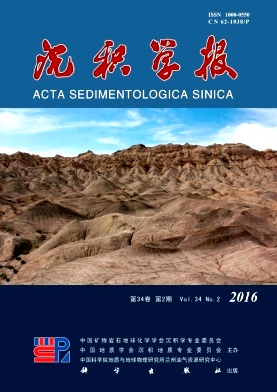Reservoir Characteristics of the Lulehe Formation in the Pingtai Area of northern Qaidam Basin
doi: 10.14027/j.cnki.cjxb.2016.02.014
- Received Date: 2015-01-04
- Rev Recd Date: 2015-04-15
- Publish Date: 2016-04-10
-
Key words:
- reservoir characteristics /
- carbonate cements /
- Lulehe Formation /
- Pingtai area /
Abstract: Based on the observation of drilling core samples and thin sections, the physical property and influencing factors of sandstone reservoir of Lulehe Formation in the Pingtai region of Qaidam Basin were studied. Scanning electron microscopy, X-ray diffraction, reservoir properties and mercury injection and other information were mainly applied on this study. The result shows that the sandstone reservoirs of Lulehe Formation are mainly composed of lithic sandstone and feldspar lithic sandstone, with medium or low compositional maturity and textural maturity. Particle sorting and rounding are medium and poor. The performance of reservoir properties includes two major types:medium pore and permeability, low pore and permeability. Meanwhile, the correlation of the porosity and permeability is good. Pore type is primary intragranular pore, followed by a small amount of intergranular and intragranular dissolved pore. The original porosity of the reservoir were reduced by 31.8% and 29.5%, respectively, by compaction and cementation, which was the main factor for porosity-losing processes. Meanwhile carbonate cements has enhanced the ability of the resistance to compaction of reservoir rock. Therefore, it can effectively prevent compaction damage to the intergranular pore of reservoir rocks in the early diagenetic stage. Moreover, it provides space and material basis for the corrosion and dissolution of acidic fluid, which is beneficial to the formation of secondary corrosion pores and the improvements of reservoir properties.
| Citation: | SUN GuoQiang, LIU WeiMing, WANG Bo, XU Li, KANG Jian, WANG HaiCheng. Reservoir Characteristics of the Lulehe Formation in the Pingtai Area of northern Qaidam Basin[J]. Acta Sedimentologica Sinica, 2016, 34(2): 356-363. doi: 10.14027/j.cnki.cjxb.2016.02.014 |






 DownLoad:
DownLoad: